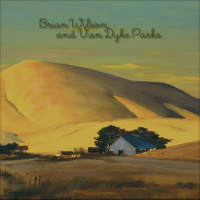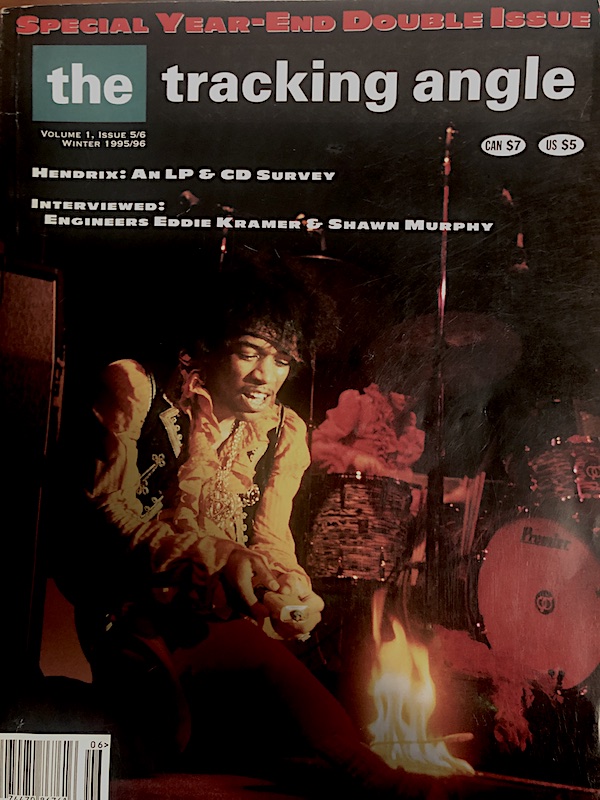An absolutely excellent review. I heartily agree with your scoring...this album is sonic perfection, or at least a 10/11. Many think the album a bit slight, but I’ve always adored it, considering it to be a companion piece to SMiLE. I got the vinyl on Day 1 of release, and was so very pleased that it trumps the original CD in every way.
I don’t think your review is great because I happen to agree with it, either. What a solid, informative bit of writing this is! Thanks!








